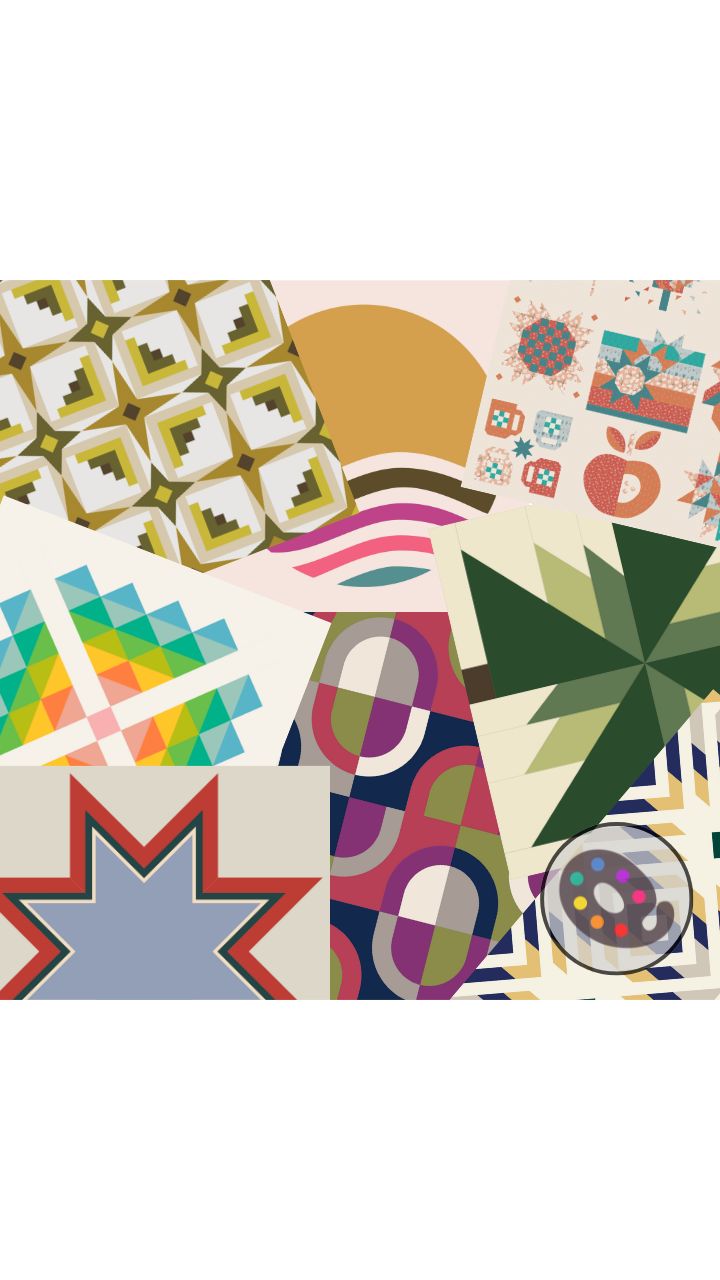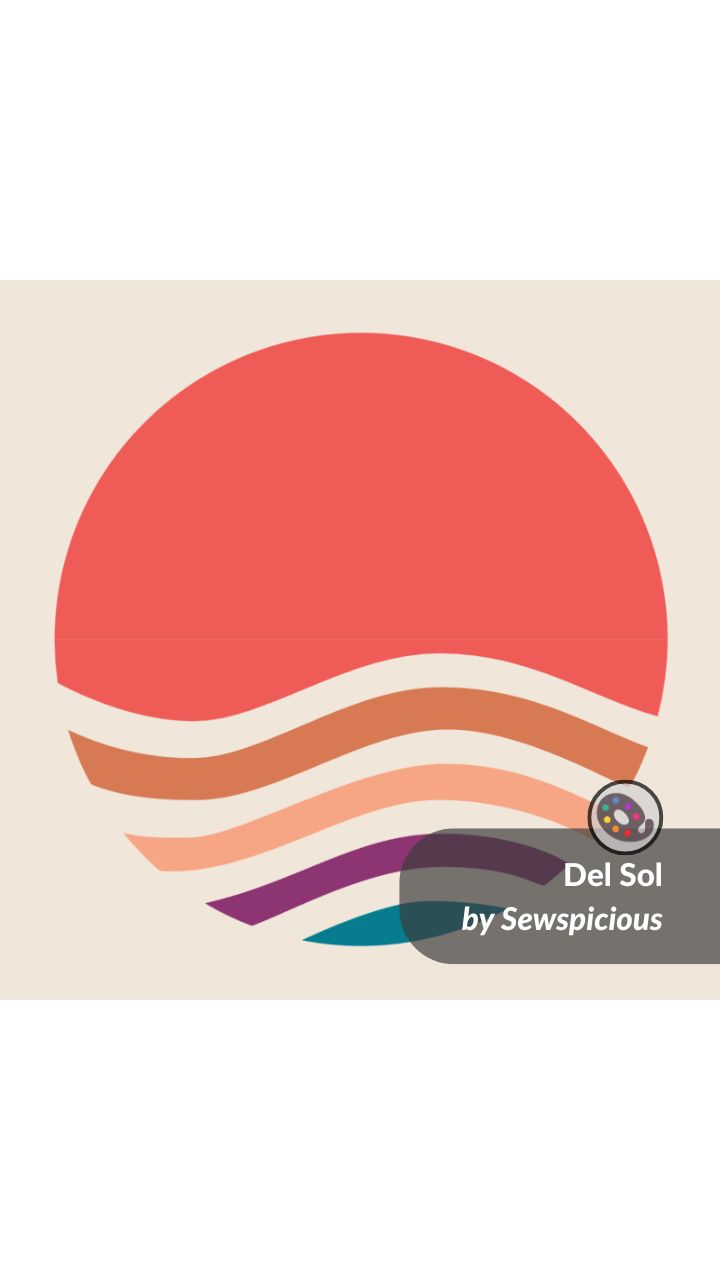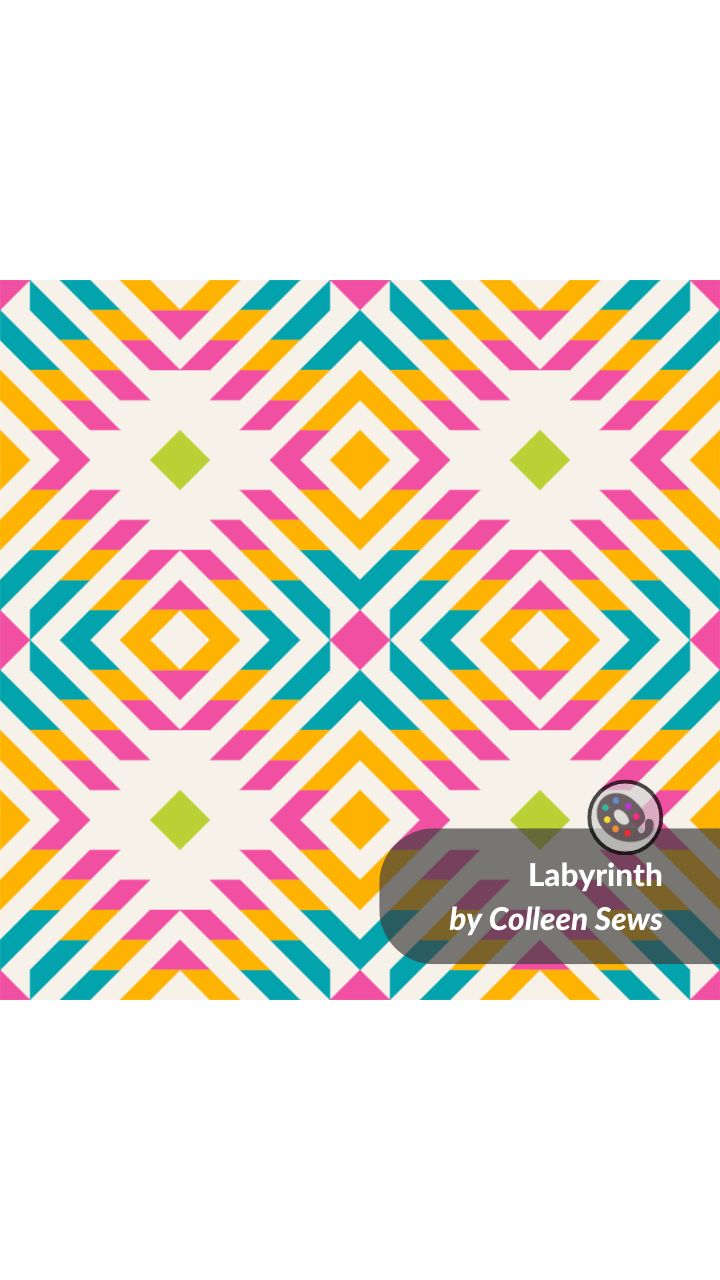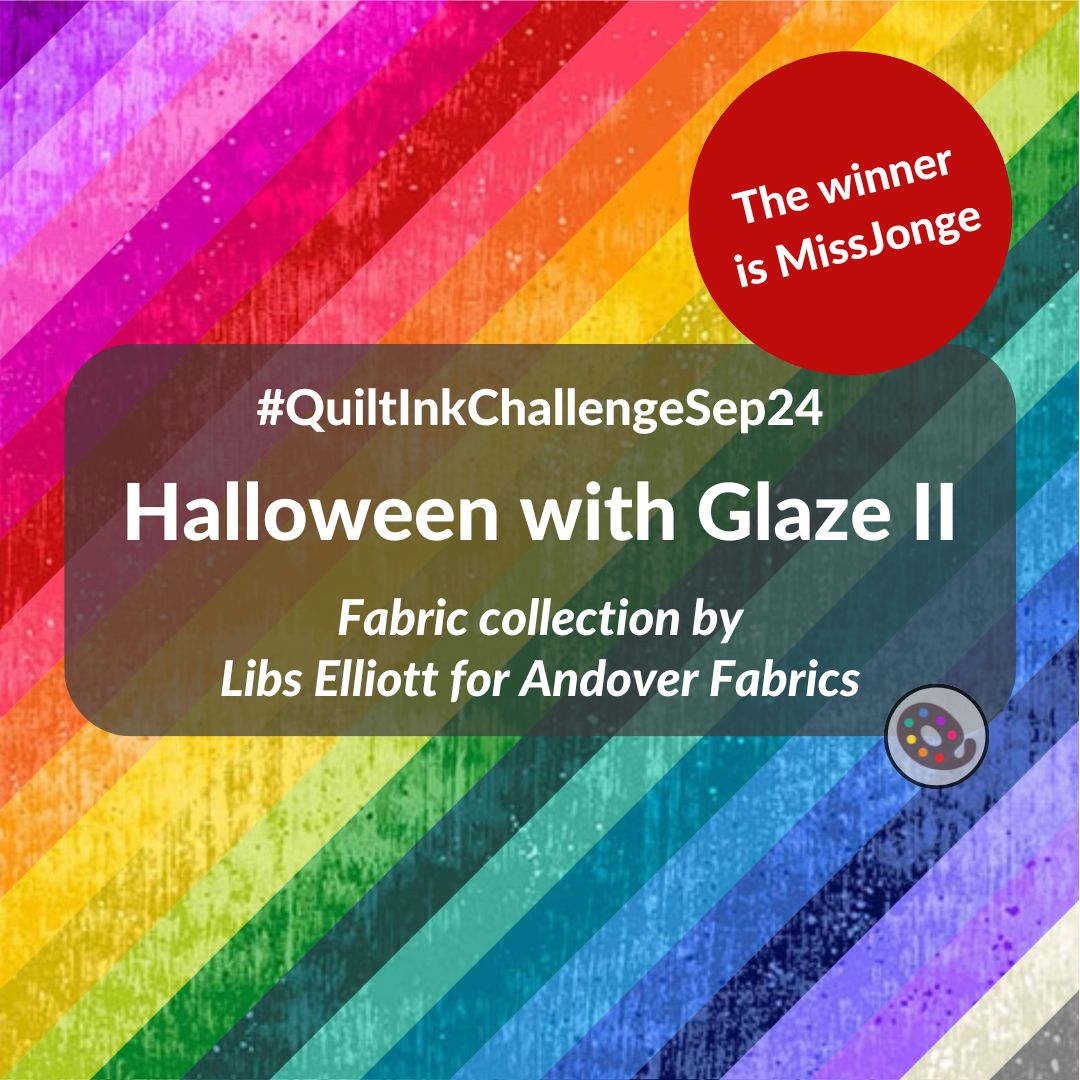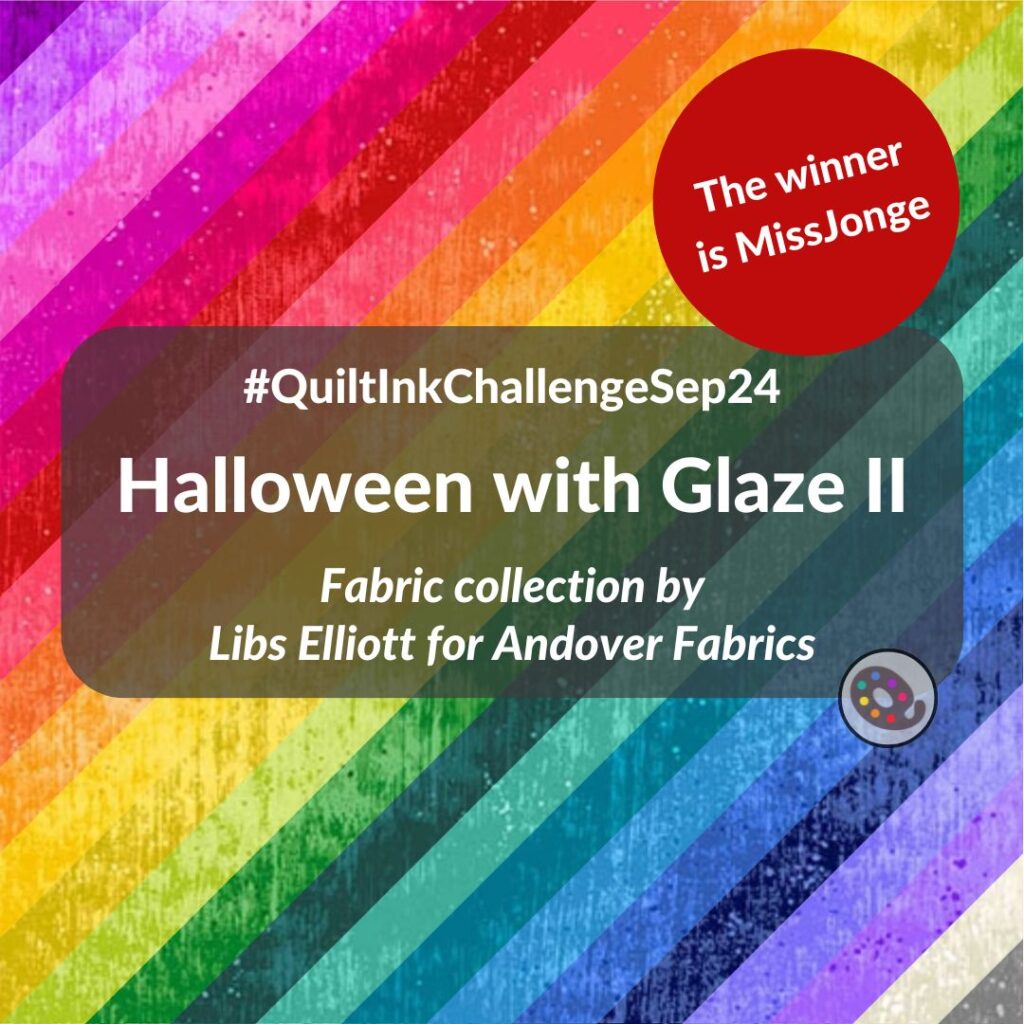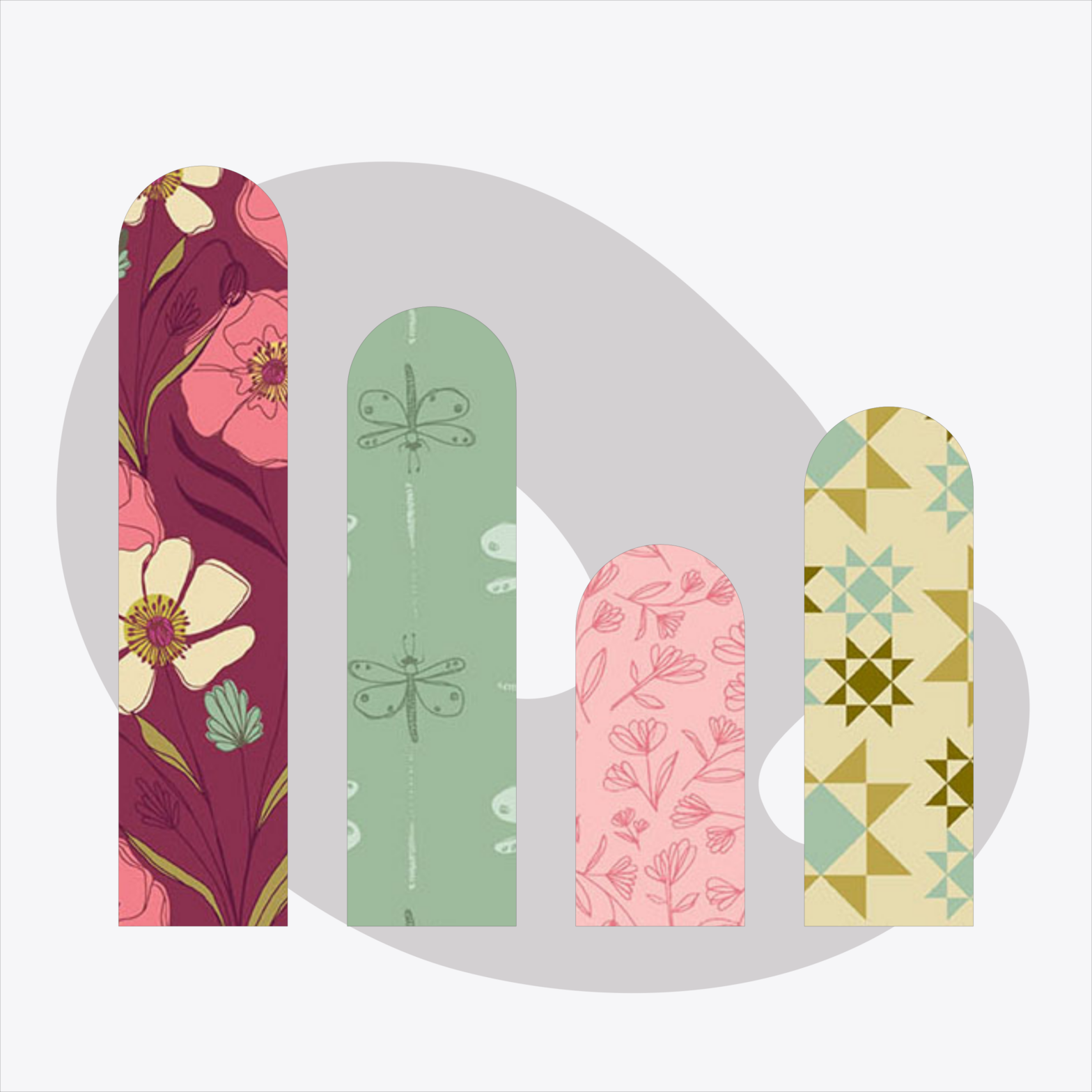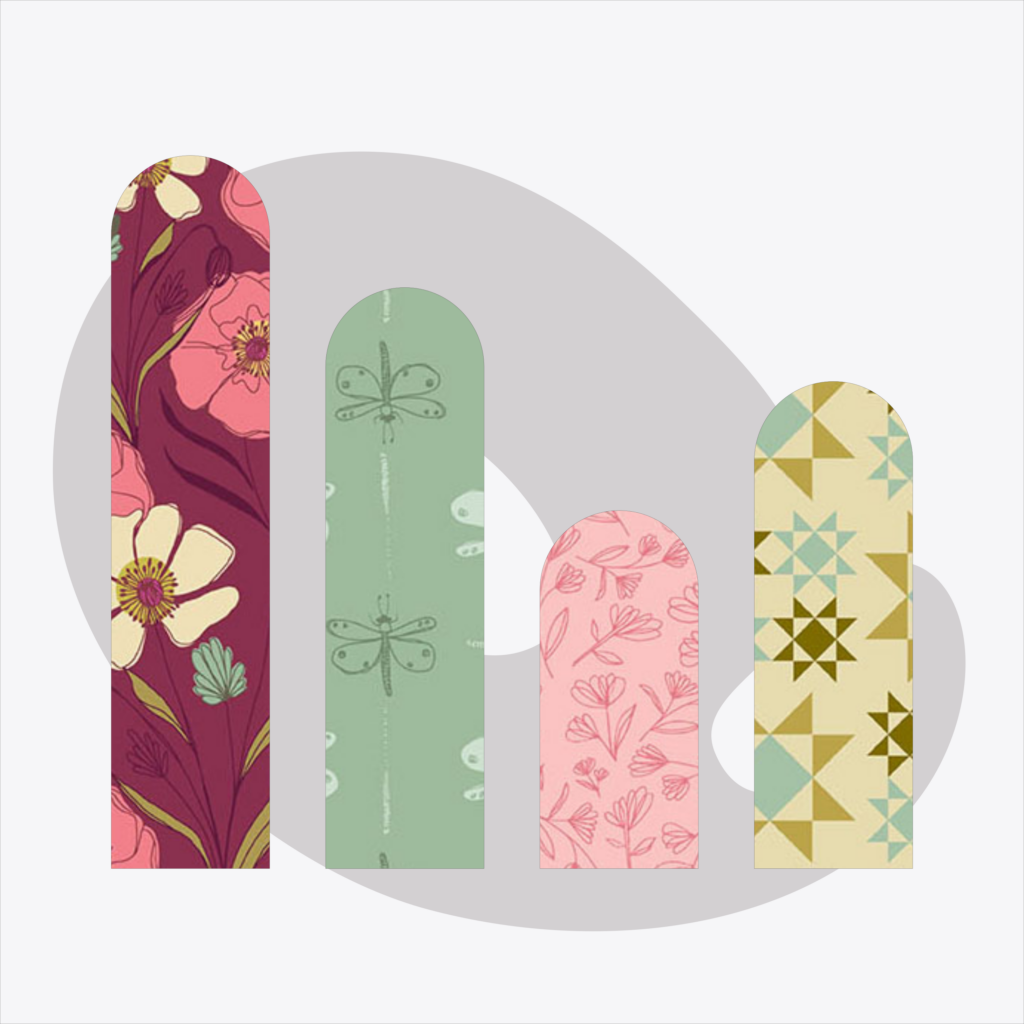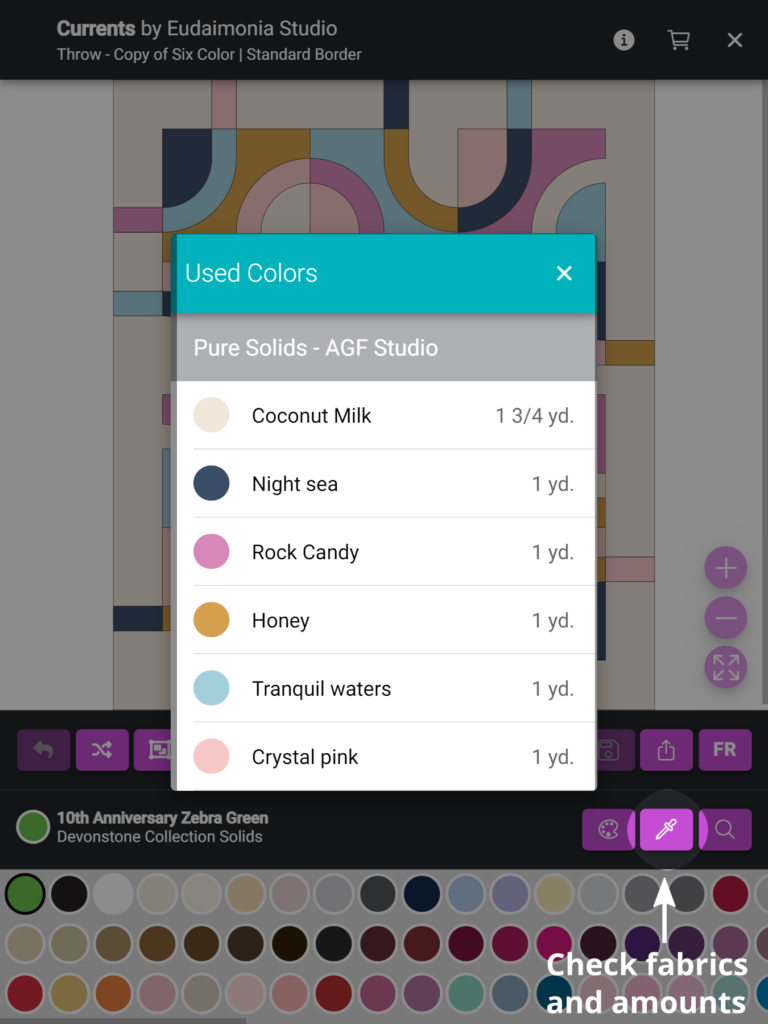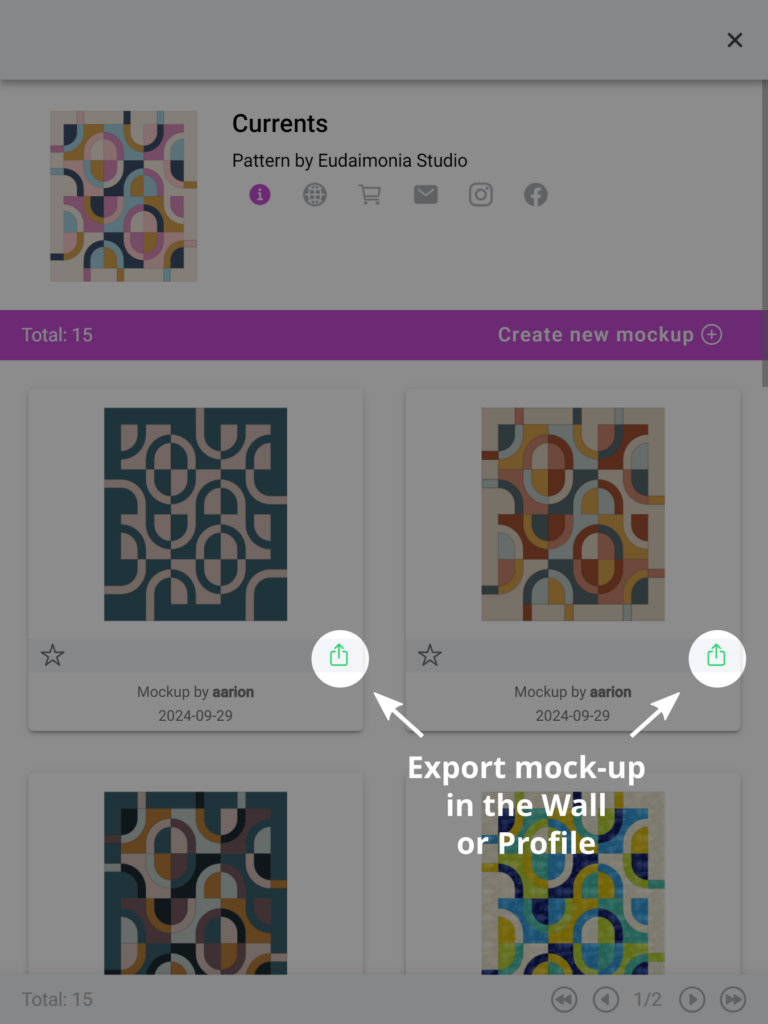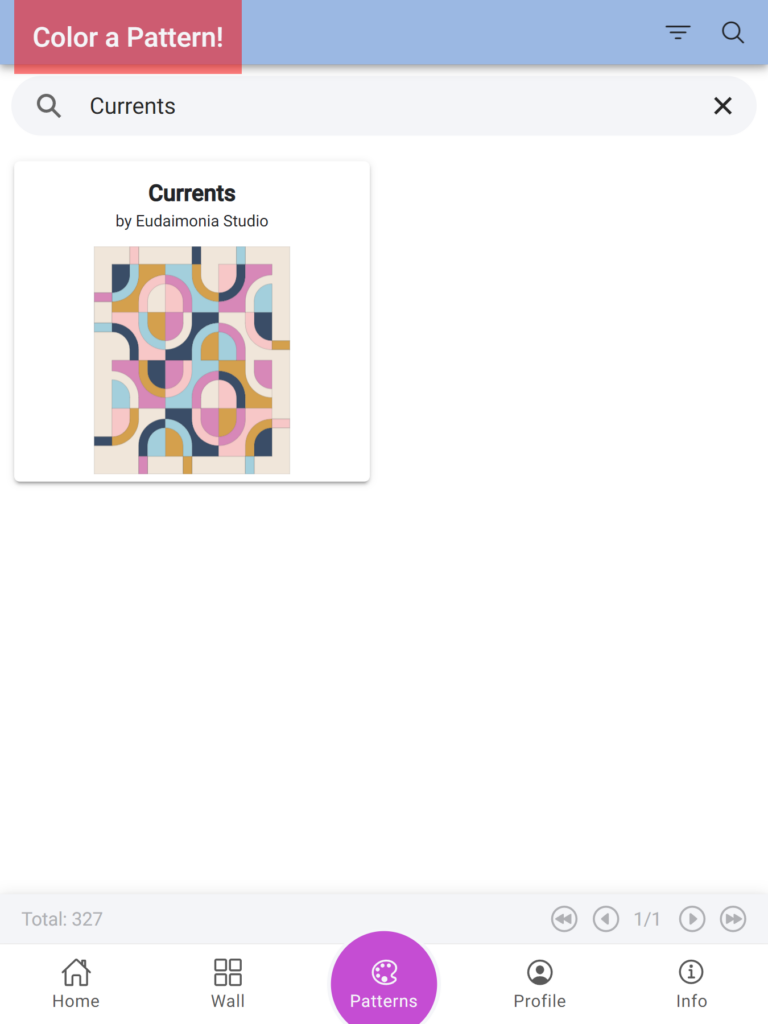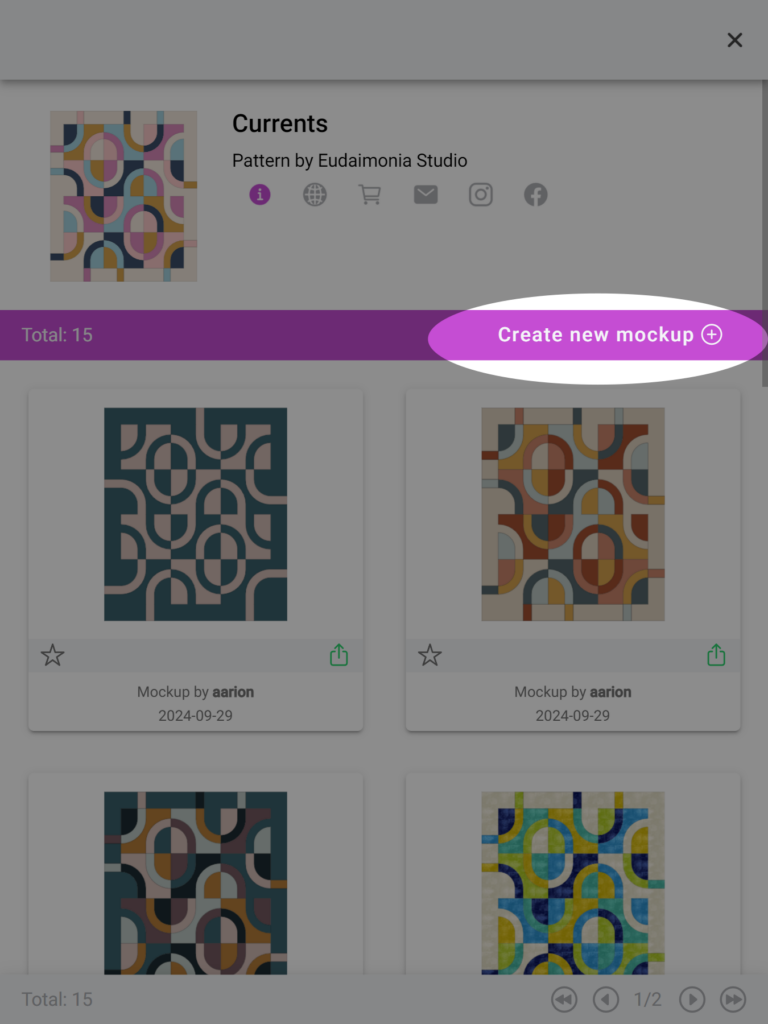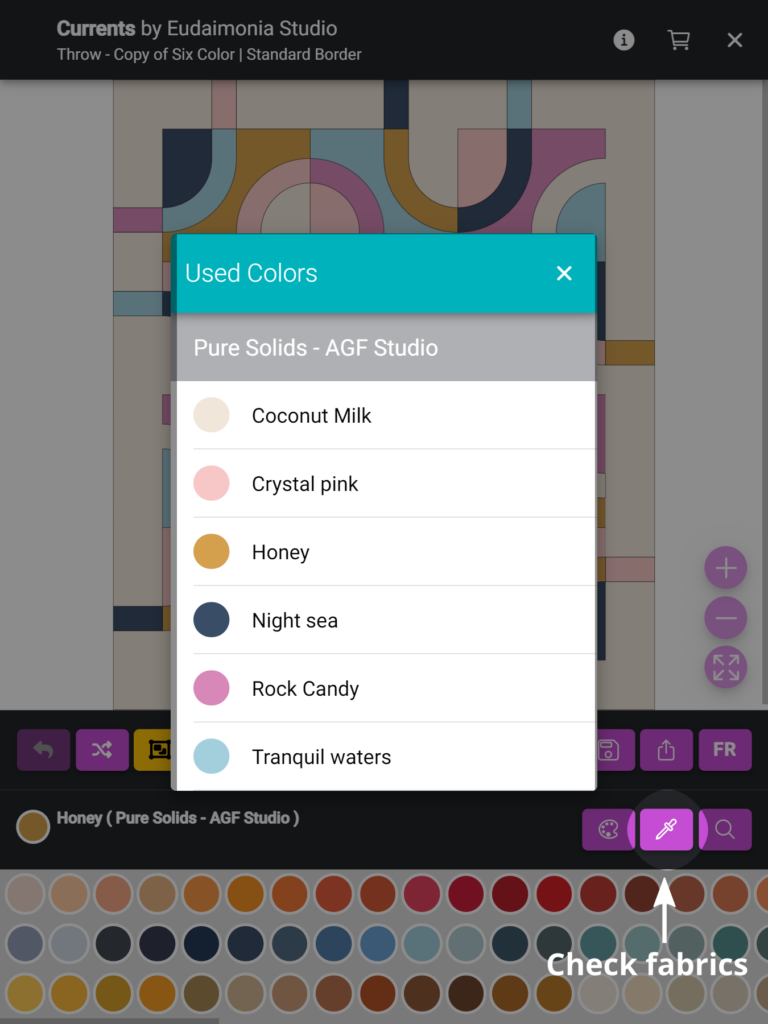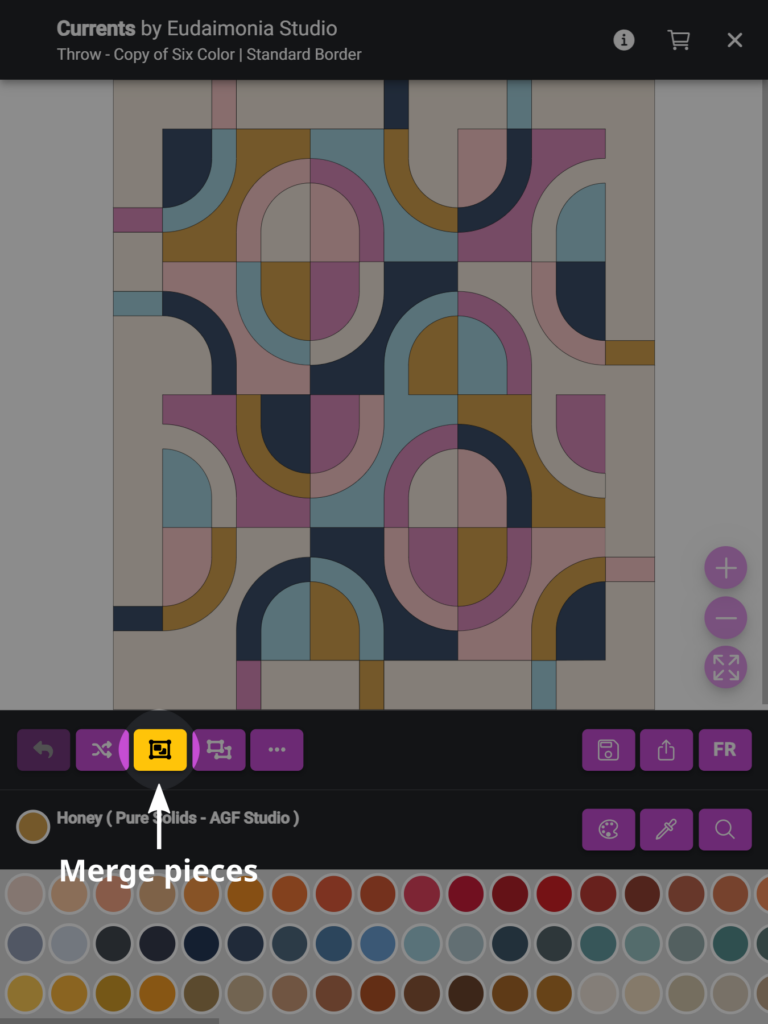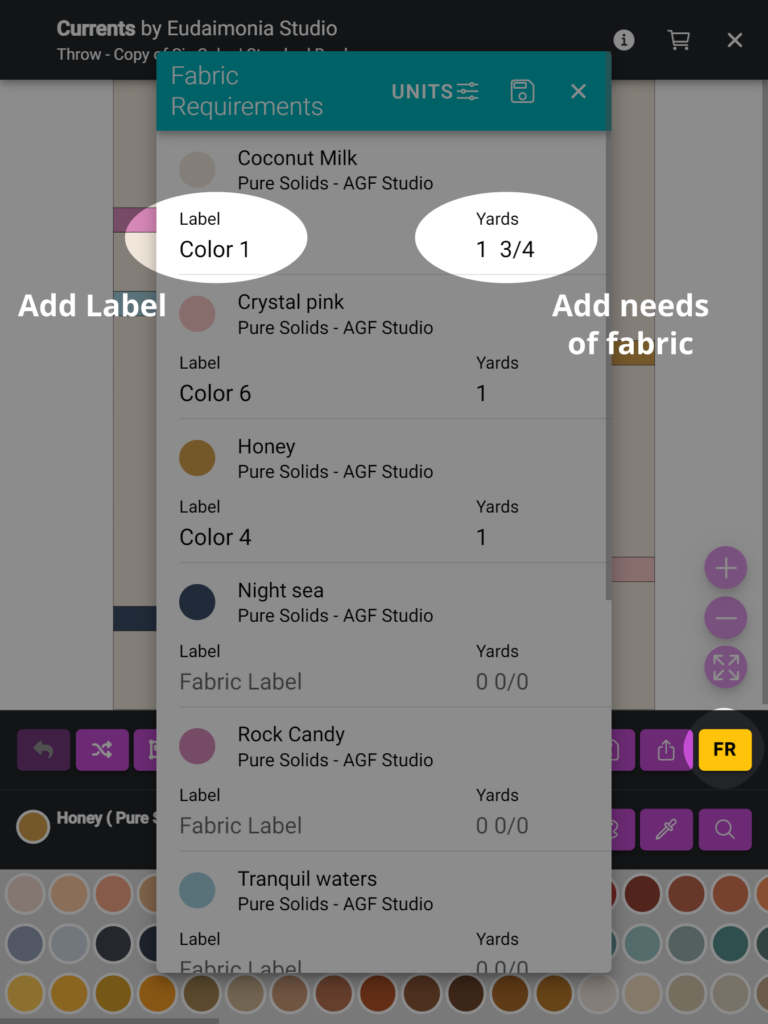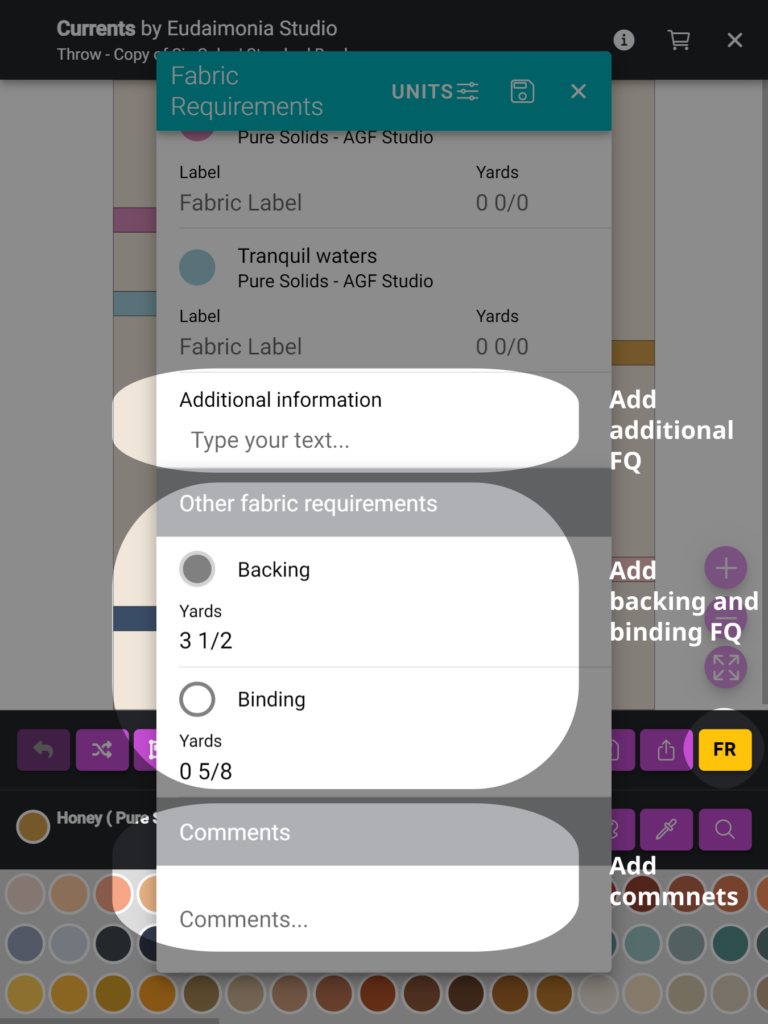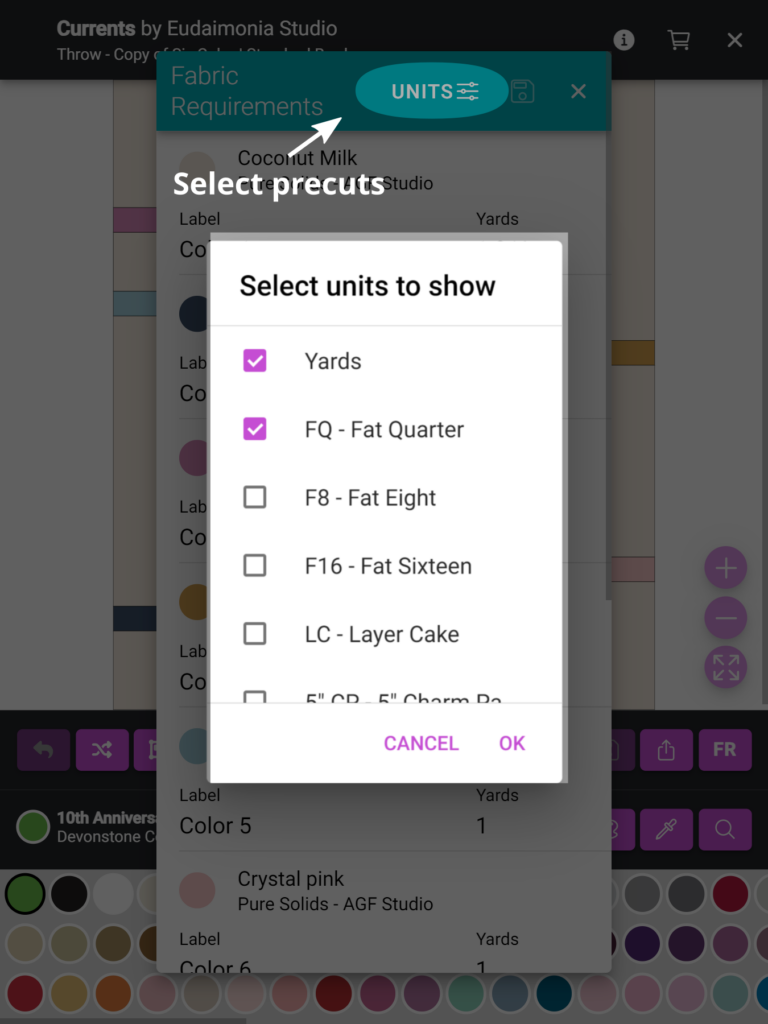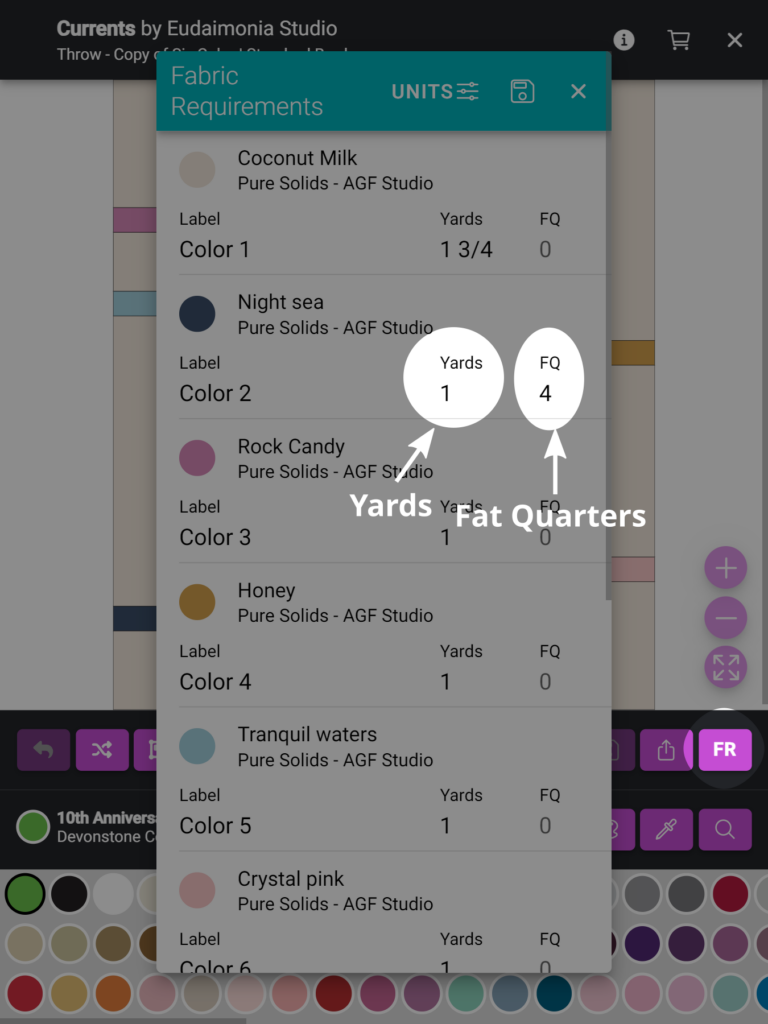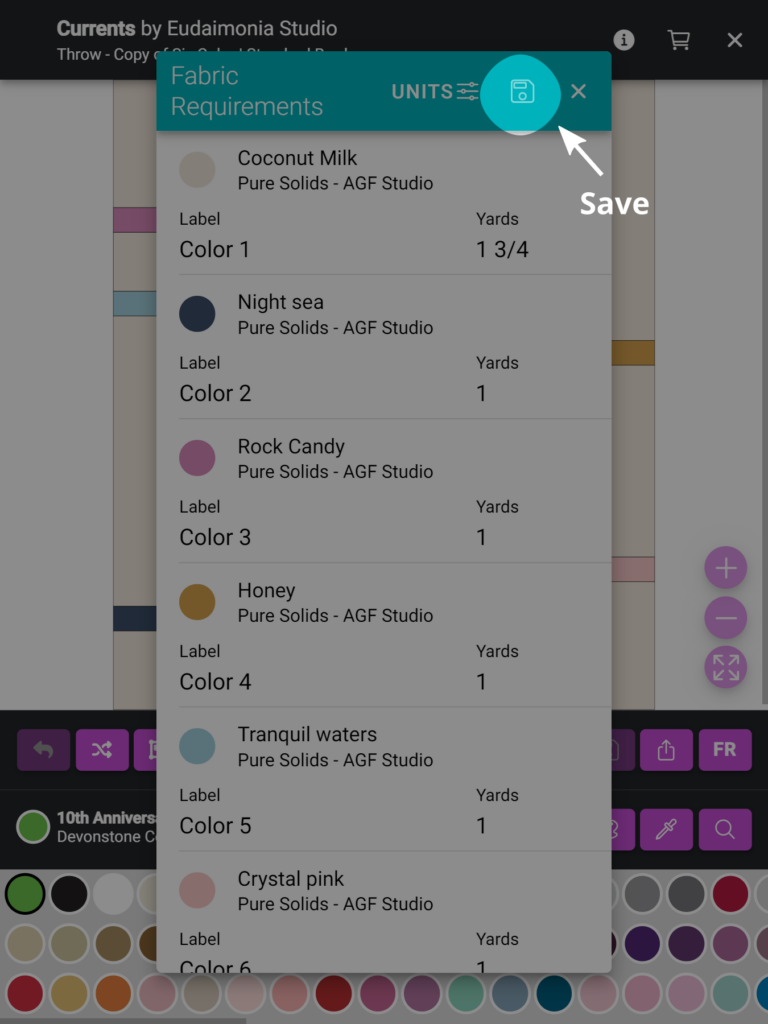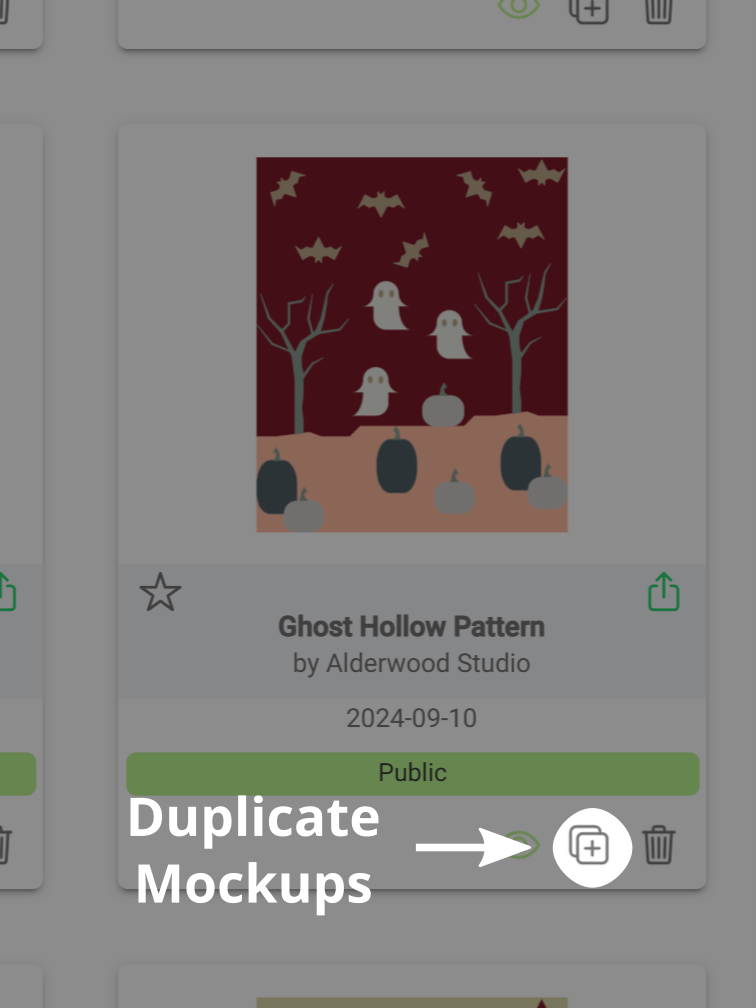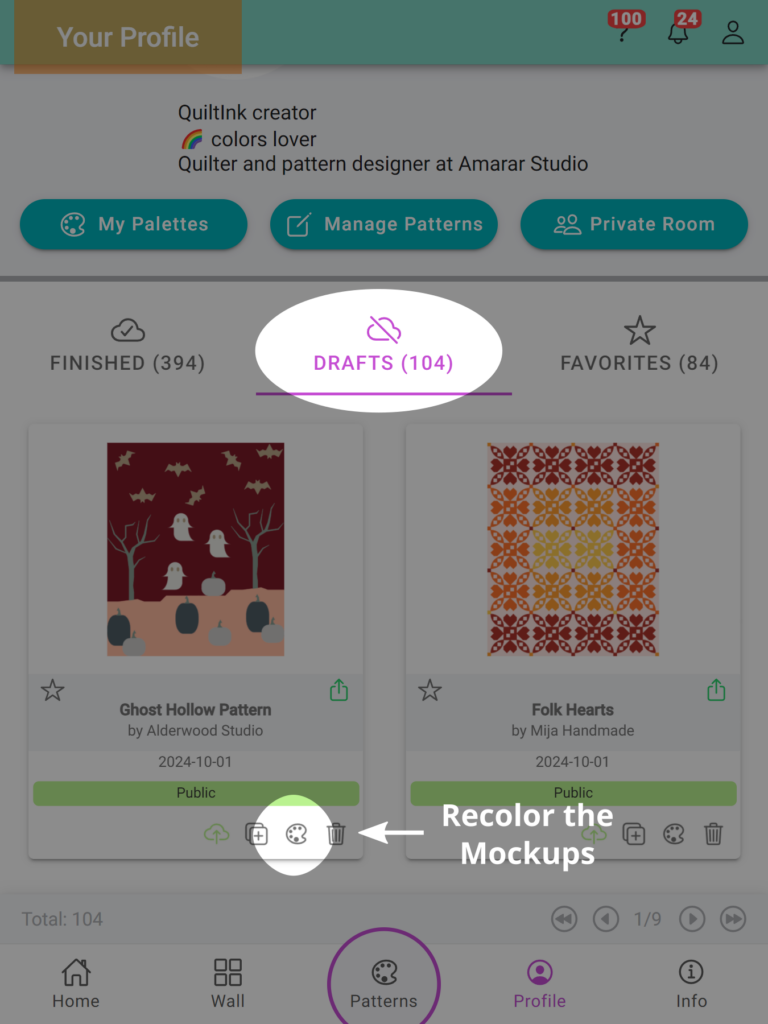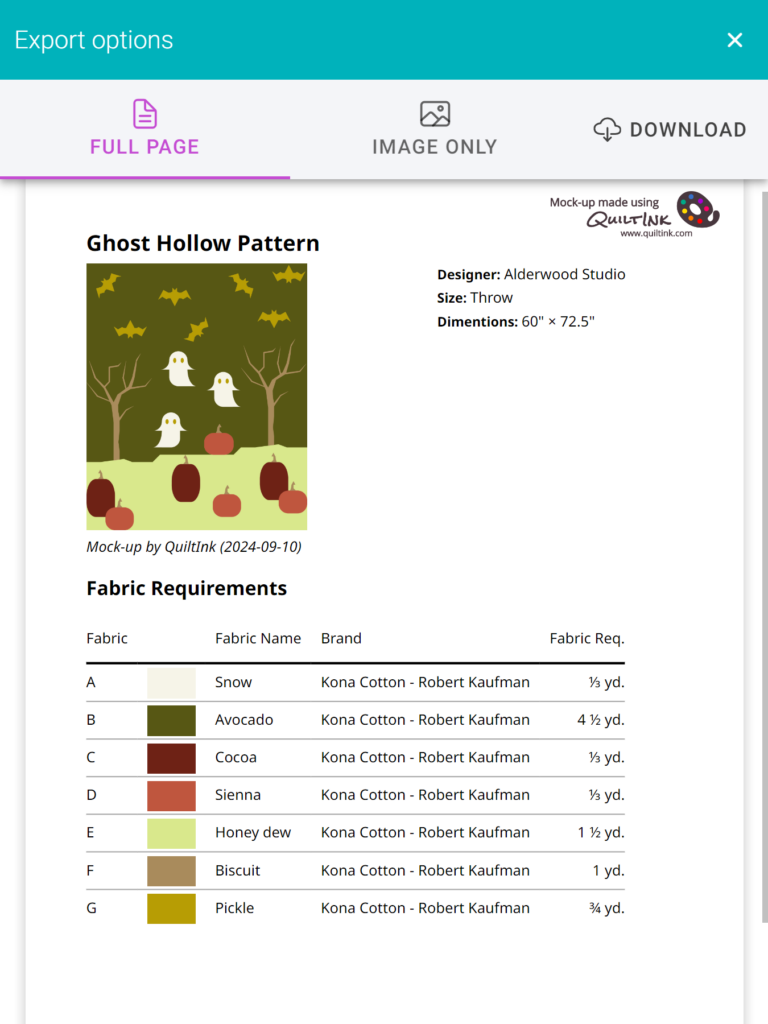Title: Conjunction
Designer: Month of May QuiltIng
Technique: Flying geese and HSTs
Sizes: 1
🎉 Exciting news, quilters! Today, we’re welcoming a new designer to QuiltInk, Month of May Quilting, with the launch of her stunning Conjunction quilt pattern! This fat quarter-friendly design is perfect for advanced beginners, featuring flying geese and HSTs to create a gorgeous throw-size quilt.
🧵✨ But this launch isn’t just about quilting—it’s about community. 💖 For the first week, MonthofMay Quilting is donating 20% of all Conjunction pattern sales to support Hurricane Disaster Relief through @mutualaiddisasterrelief.
Let’s show her lots of love, support a great cause, and fill the QuiltInk wall with your colorful mock-ups!
👉 Head to QuiltInk to color this pattern in a fun and fast way. Don’t forget to share your mock-ups on the wall to inspire others!
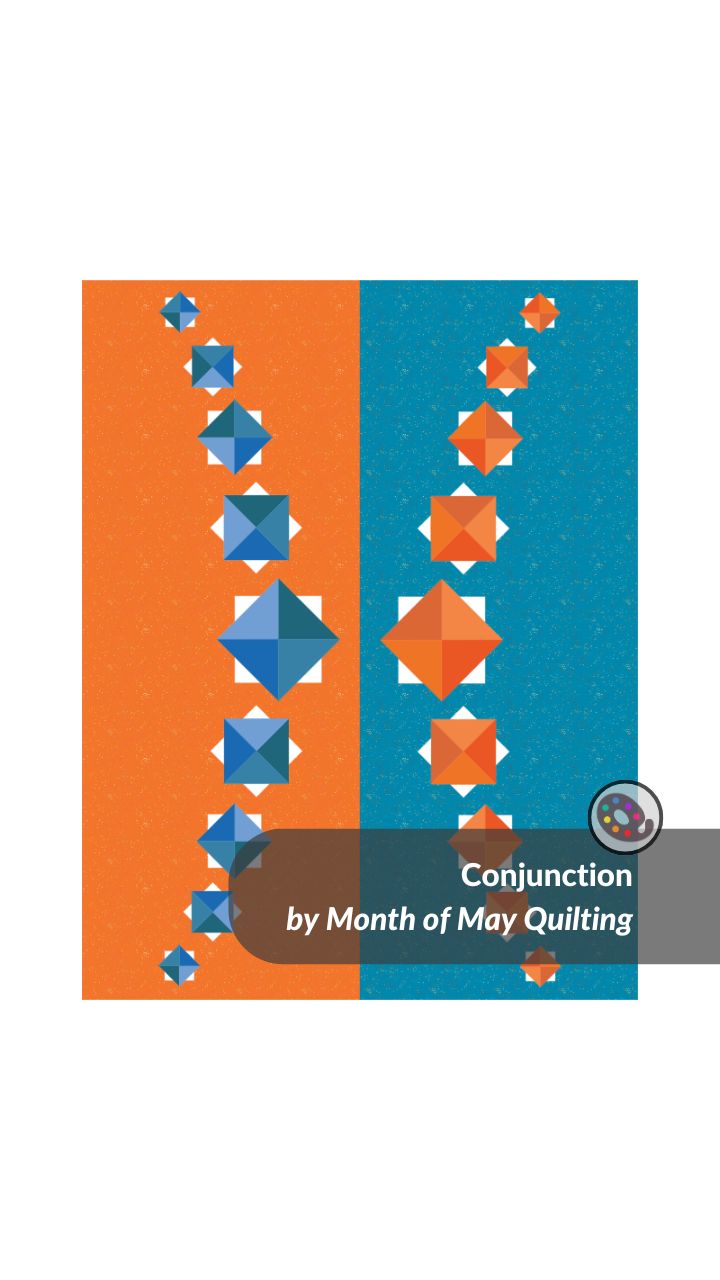
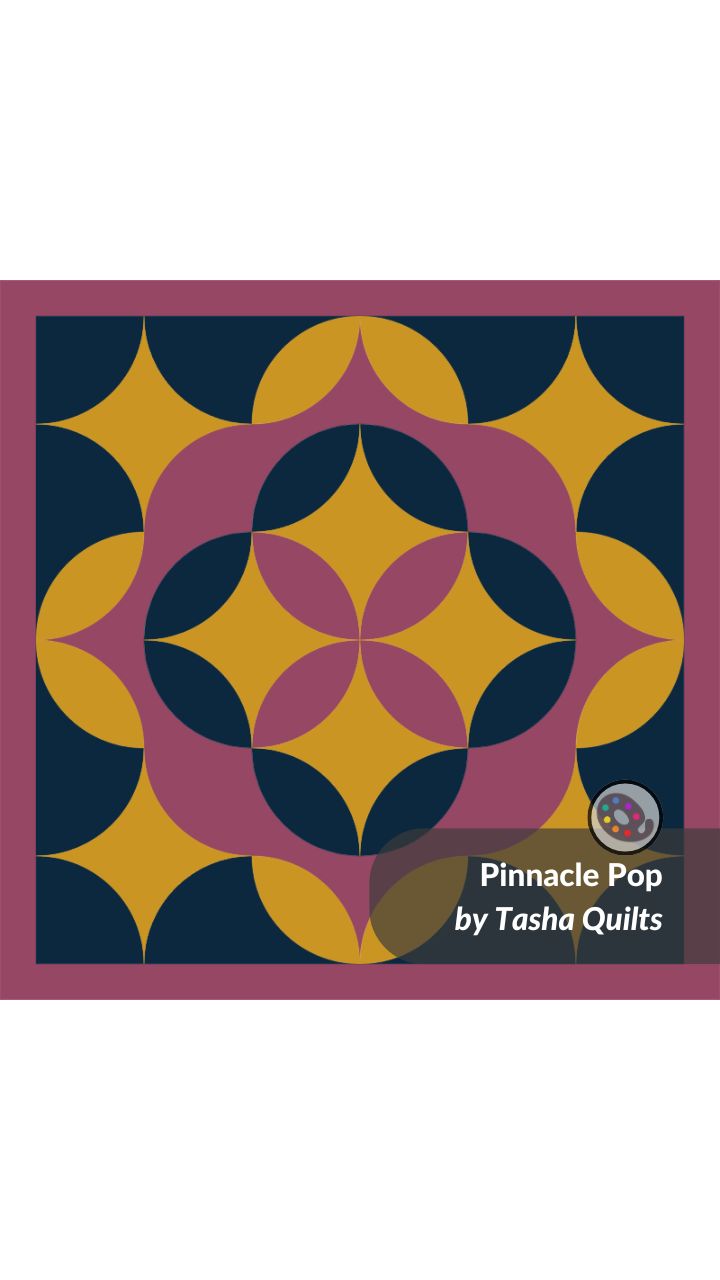
 The pattern is now available to purchase and, of course, ready to color in QuiltInk.
The pattern is now available to purchase and, of course, ready to color in QuiltInk.